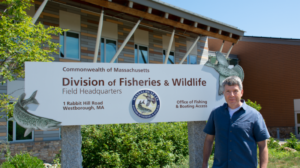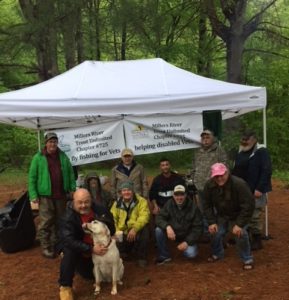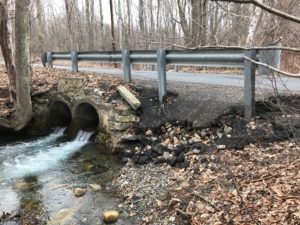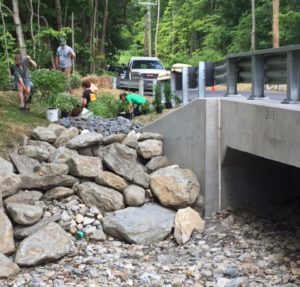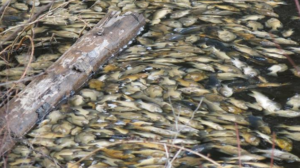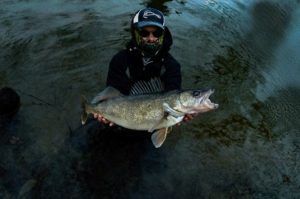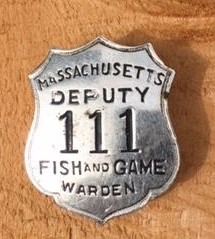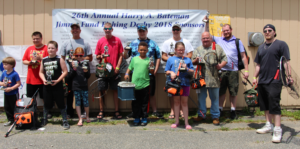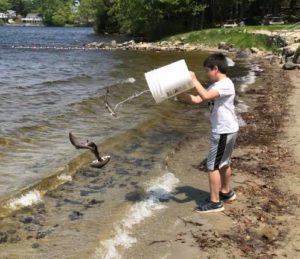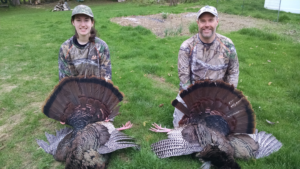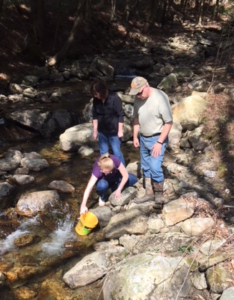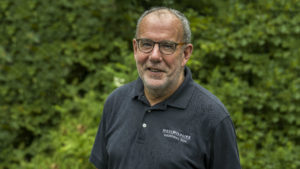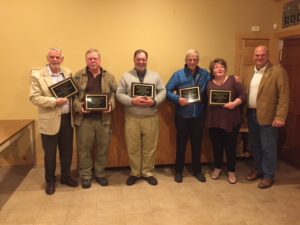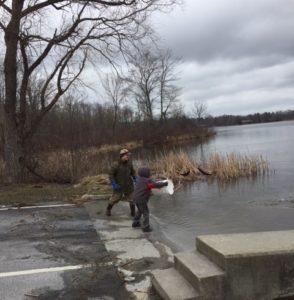Some 725 more antlerless deer permits are being issued in the Western District (Wildlife Management Zones 1 through 4) this year. The largest increase will be in Zone 3 where 300 more permits will be issued bringing the total to 1,400. That is followed by 125 increases in Zones 4N and 4S, bringing those totals to 500 and 400 respectively. Permits in Zone 1 will go up by 100 to 500, and lastly an increase of 75 in Zone 2 brings that total to 250. MassWildlife classifies our Western District deer herd as stable, a place where they want to be.
So, did you get a permit? Effective last Wednesday, you can find out by clicking onto the MassFishHunt website and following the instructions. If you did receive one and you plan to shoot an antlerless deer, you owe MassWildlife $5.
The attached chart lists the statewide antlerless deer permit information by Wildlife Management Zones.
As you can see, the eastern part of the Commonwealth has some serious issues with getting the deer population down to desired numbers. For example, in Zone 10 MassWildlife would issue 12,000 permits, but not enough people applied for them. Thus, they have a 9,100 surplus. A similar situation exists in Zone 11. Not good. One could only imagine the problems with deer/auto accidents, deer ticks and difficulty in sustaining the new growth in the forests out there. Not to mention the shrubs in residential areas that are destroyed each winter.
Surplus antlerless deer permits for Zones 9 through 14 will be available for sale and will be staggered over the following days in September:
• Zone 11: Tuesday, September 25 at 8 a.m.
• Zone 10: Wednesday, September 26 at 8 a.m.
• Zones 9, 13, and 14: Thursday, September 27 at 8 a.m.
•
Surplus Permits must be purchased within 15 minutes after being placed in your shopping cart. You may purchase only one Zone 11, one Zone 10 and one Zone 9 permit per day; up to four permits per day may be purchased for Zones 13 and 14. The permits cost $5 each.
Incidentally, the Department of Conservation and Recreation recently opened 7,500 acres of land to hunting in the Wachusett Reservoir Watershed. That is north of Worcester. Hunters can apply for a 5-year permit for property west and east of Rte. 190, (open for all game during all hunting seasons), or an annual permit for property immediately adjacent to the Reservoir, designated as the Reservoir Zone,(for deer only December. 1 through 31). Permits will be selected by lottery. If interested, apply by August 31. Both permit types are free. Click onto https://www.mass.gov/service-details/wachusett-reservoir-watershed-deer-hunt, for details.
Welcome back firefighters
According to MassWildlife, three members of their prescribed fire crew, Fletcher Clark, Chris Connors, and Ben Mazzei, assisted in securing wildfires in Québec Province, Canada for two weeks this past July. They were joined by 16 wildland firefighters from the Massachusetts Department of Conservation and Recreation (DCR) to form the Massachusetts Interagency Wildfire Crew- MA#1 and were mobilized through DCR and the Northeast Forest Fire Compact.
The wildfire hand crew spent time containing two different wildfires, one near Radisson and the other near Lebel-sur-Quévillon in Québec Province. The crew spent most of its time on a large 24,500-acre fire on Wilson Lake in a remote region of Québec Province. Lightning strikes caused the dry, dense vegetation in the area to ignite and caused the wildfires.
The Massachusetts crew was deployed to these wildfires for two weeks. They worked with other crews to establish helicopter landing sites, coordinate water drops, and secure sections of the fire to keep it from spreading. Securing a section of fire can mean a lot of different kinds of work, says MassWildlife.
The crews set up water pump sites and ran hoses around the section of fire to make sure water was readily accessible to combat the fires. The crew established a fire line around their section. A fire line is essentially a wide path on the ground that is cleared of vegetation, debris, and anything else that can potentially burn to stop the fire from spreading. The crews also went into already-burned areas and put out any hot spots that might have still been smoldering or burning. The crew was helicoptered daily from their base camp to the remote wildfires to perform these duties.
On July 22, the Massachusetts crew returned back to the Commonwealth safely. There are still many wildfires burning in the province of Québec alone. During the past week, rain has somewhat helped with battling the fires. However, if conditions dry out, the potential for large fires to become active again exists. Québec continues to seek assistance from Canadian provinces and the northeastern United States to help cope with these wildfires.
“Please join us in welcoming these dedicated individuals back from this rugged assignment,” said Caren Caljouw, MassWildlife’s Prescribed Fire Program Manager. “We are very proud of the assistance they provided to our Canadian neighbors and know the vast experience they gained will translate directly to improving MassWildlife’s prescribed fire program and working as a cohesive team with DCR and other fire management partners.”
Massachusetts, along with the other New England states and New York initiated the Northeastern Forest Fire Protection Compact—also called the Northeast Compact—in 1947. The Compact was established to provide a means for member states to cope with wildland fires that may become too intense for a single member state to control. In 1970, the provinces of Quebec and New Brunswick joined, making the Northeast Compact international. Currently, the Northeast Compact members include seven states—Maine, New Hampshire, Vermont, Massachusetts, Rhode Island, Connecticut, and New York—and five provinces—Québec, New Brunswick, Nova Scotia, Newfoundland-Labrador, and Prince Edward Island. The Northeast Compact also includes the Fire Department of New York City, the US Forest Service, the US Fish and Wildlife Service, and the US National Park Service.
Adams Outdoor for Youth fishing derby
The AOFY held its annual fishing derby on Reynolds Pond in Cheshire last month. Some 54 kids attended and the winners were as follows: Age 0 to 6 years old: Smallest fish 8 ½ inches – Corbin Porio/ Largest fish 14 1/4″- Layla Jayko. Age 7 to 11: Smallest fish 8″ Charlie Bean / Largest fish 14 1/2″ Wyatt Bellows. Age 12 to 15: Largest and Smallest fish 14 1/4″ and 8 3/4″respectively – Cameron Bostwick. All brook trout came from Berkshire Hatchery. 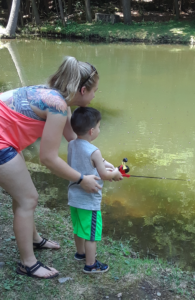
Spokesman Mike Lefebvre thanked all the volunteers from all clubs for another successful year supporting the Youth Fishing Derby.

